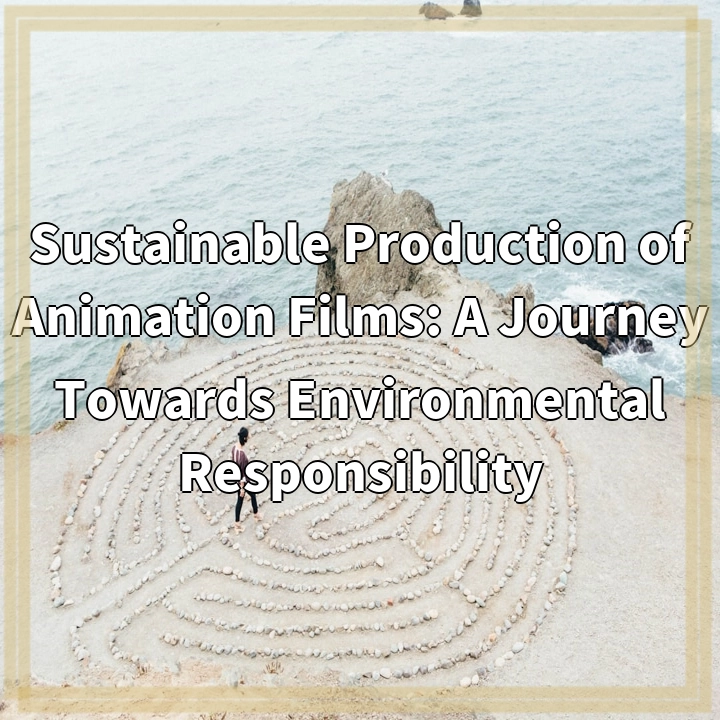
What is Sustainable Production of Animation Films?
Sustainable production of animation films refers to the practice of creating animated content while minimizing its negative impact on the environment. It involves adopting eco-friendly strategies throughout the production process, from pre-production to post-production, with the aim of reducing energy consumption, waste generation, and carbon emissions. This approach strives to balance the artistic and creative aspects of animation filmmaking with responsible environmental stewardship.
Real-World Problems Associated with Sustainable Production of Animation Films
While the animation industry is known for its artistic and imaginative creations, it is not exempt from contributing to environmental challenges. Some of the real-world problems associated with the sustainable production of animation films include:
1. Energy Consumption
Animation production requires significant energy usage, particularly for rendering processes that require powerful computers to generate and finalize the images. This high energy demand contributes to increased carbon emissions and strains on the existing electricity grid infrastructure.
2. Resource Consumption
The production of animation films involves the use of various resources, such as paper, paints, and other materials for traditional animation, or digital devices and servers for computer-generated animation. The extraction, manufacturing, and disposal of these resources can have significant environmental impacts, including habitat destruction and pollution.
3. Waste Generation
During animation production, waste materials can be generated, including paper drafts, discarded sketches, and unused materials. Additionally, high turnover rates in the industry can lead to the creation of obsolete equipment and electronic waste, contributing to landfill accumulation and potential toxicity.
4. Carbon Emissions
Carbon emissions from the animation industry primarily result from energy consumption and transportation. The production process, including travel to and from studios, shipping of equipment, and the use of electricity, contributes to the industry’s carbon footprint and contributes to climate change.
5. Lack of Awareness and Guidance
Many animation professionals and studios may not be aware of the environmental impact of their practices or the available sustainable alternatives. The lack of accessible information and guidance can hinder the adoption of environmentally responsible approaches in animation production.

Solutions for Sustainable Production of Animation Films
Addressing the environmental challenges in animation production requires a collective effort from creators, studios, and industry stakeholders. Here are some potential solutions to promote sustainable practices in the animation film industry:
1. Energy Efficiency and Renewable Energy
By adopting energy-efficient technologies and practices, animation studios can reduce their energy consumption. This includes using energy-saving computer hardware, optimizing rendering processes, and utilizing renewable energy sources such as solar or wind power to meet their electricity needs.
2. Material and Resource Management
Implementing strategies to minimize resource consumption and waste generation is crucial. Studios can opt for digital animation techniques that reduce reliance on physical resources. Additionally, embracing recycling, upcycling, and using eco-friendly materials can help minimize environmental impact.
3. Carbon Offsetting and Emissions Reduction
Animation studios can take steps to offset their carbon emissions by supporting verified carbon offset projects. Furthermore, reducing unnecessary travel and exploring remote collaboration tools can help lower carbon emissions associated with transportation and logistics.
4. Education and Training
Raising awareness and providing education and training programs to animation professionals and students can promote sustainable practices. This can include workshops, courses, and conferences that emphasize the importance of environmental stewardship and highlight sustainable production techniques.
5. Collaboration and Industry Standards
Collaboration between animation studios, industry associations, and environmental organizations is essential for developing and implementing industry-wide sustainability standards and best practices. By establishing guidelines and certification programs, the animation industry can collectively strive towards reducing its ecological footprint.















